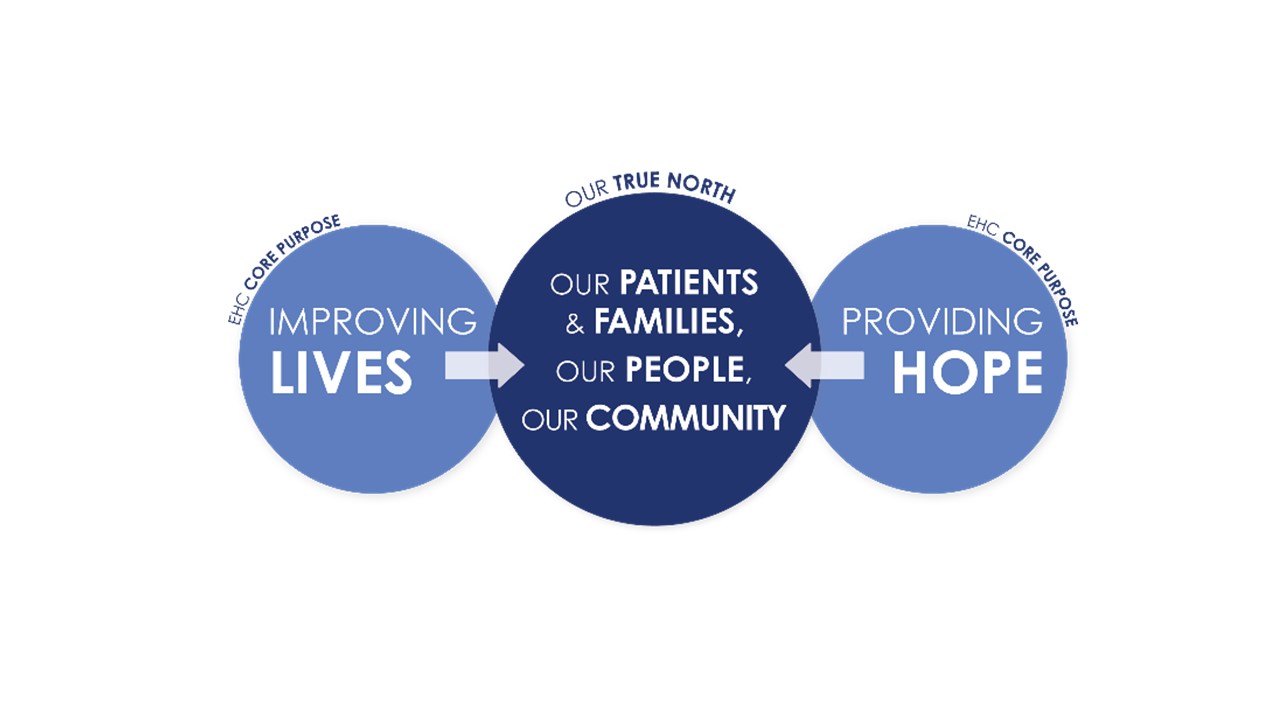PLANNING
Emory Healthcare Seeks to Build ‘Systemness’ with Strategic and Financial Roadmap
By all accounts, 2018 was a busy year for Emory Healthcare, acquiring a local health care system while also forming an ambitious partnership with Kaiser Permanente to be the primary hospital for its members.
The expansions added three hospitals, 38 ambulatory care locations and 800 physicians to Emory Healthcare during a time of heightened competition and consolidation in the market. With increases in patient volume, employees and capital demands, Emory leaders felt their annual planning processes needed a jolt to bring these disparate parts into alignment.
 “Each operating unit had its own distinct culture, which sometimes led to individuals feeling disconnected,” said Nilima Dalsania, manager of strategic planning. “As an organization, we were already starting to have conversations about ‘systemness’ and its importance, while still appreciating that each unit’s culture was equally important.”
“Each operating unit had its own distinct culture, which sometimes led to individuals feeling disconnected,” said Nilima Dalsania, manager of strategic planning. “As an organization, we were already starting to have conversations about ‘systemness’ and its importance, while still appreciating that each unit’s culture was equally important.”
This “sudden explosion” was felt immediately across the organization, with many service lines eager to explore growth opportunities. Meanwhile, two Emory hospitals were already busy executing several capital expansion projects to accommodate anticipated “hypergrowth.”
Wanting to balance all of these interests, the health system started crafting what it calls an integrated strategic and financial roadmap for the next five years. The idea was to balance resource decisions and plot tradeoffs to:
- Improve patient outcomes
- Enhance the patient experience
- Address waste
- Support physicians and staff
- Pursue purposeful growth
Fast forward to today, and this roadmap has proven vital in enabling Emory to navigate the COVID-19 pandemic. “Our integrated strategic and financial roadmap set us up to help us get through these past nine months, and it really reaffirmed that the direction that we are taking is the right one,” said Lynda Barrett, vice president of strategic planning.
The Process
Emory Healthcare first embarked on a new planning journey in September 2018, after finalizing its acquisition of three-hospital DeKalb Medical based in Decatur, Georgia. The year-long process kicked off with an environmental assessment, gathering input from stakeholders and launching 10 separate subject-matter expert teams, before reaching the final steps in the fall of 2019.
“We coalesced around a 2020-2024 strategic framework built on the core purposes of ’improving lives’ and ’providing hope’ for the organization’s true north: our patients, our families, our team members and our community. This guides our efforts. Everything we do is focused on our core purposes and our true north now,” Barrett said.

The health system landed on five strategic goals for the next five years:
- Become the best place to work, learn and grow.
- Offer the best patient access and experience.
- Deliver the highest quality and safety.
- Maintain financial strength and affordability.
- Pursue purposeful growth.
As Emory Healthcare began putting all of these in play for its fiscal 2021 planning process, “COVID happened,” Barrett said, and strategists were forced to rethink things. “We had to take a step back and say, ‘How can we adjust and modify our planning processes to be able to be effective during this crisis?”
New Guiding Principles
Some efforts, such as Emory’s capital planning process, had to temporarily be put on hold and revised, while the physician workforce planning needed to start all over again to account for the “new reality.” As part of this recalibration, the executive team devised six new “recovery guiding principles.”
- Commit to the core purpose of improving lives and providing hope.
- Recognize the multi-year recovery effort from COVID.
- Provide critical safety support for employees and providers.
- Incorporate care model enhancements and workflow improvements to expand capacity.
- Serve as a national thought leader on the virus.
- Ensure a strong system approach for decision making on operations and strategic initiatives.
As part of the pandemic pivot, Emory leaders surveyed each department or section about their plans to hire doctors over the next two years. At the same time, they performed an extensive analysis of where the overall organization should add new physicians during that timeframe. These exercises provided a clearer understanding of where the health system needed to expand the medical staff in the future.
When COVID hit, leaders had already completed this planning for 2021, but they knew Emory wouldn’t be able to budget for all of the approved physician hires. “We basically started the process over and had all departments fill out a justification forms for every requested position,” Barrett said.
Emory strategists stepped back and used all of this information to create a medical staff “recruitment dashboard” broken down by individual service lines. “We share this with our executive teams and all of our sections so everyone can see the growth plans to make sure they match our overall system needs,” Barrett said.
For her, one of the takeaways from Emory’s experience is that unexpected crises can serve as catalysts to further improve planning. Plus, planning processes can always be adjusted to create a stronger system approach.
“When sudden events happen, they can really give us the impetus to make more drastic change and improvement to our strategic plan. As a result of COVID, we likely will delay some of the plan’s initiatives next year, but many others will move forward because they’re necessary to take us to the next level,” said Barrett.
This article features interviews with:
Lynda Barrett
Vice President of Strategic Planning
Emory Healthcare
Atlanta
Nilima Dalsania
Manager of Strategic Planning
Emory Healthcare
Atlanta
Image credits: istockphoto.com/DNY59 | gettyimages.com


